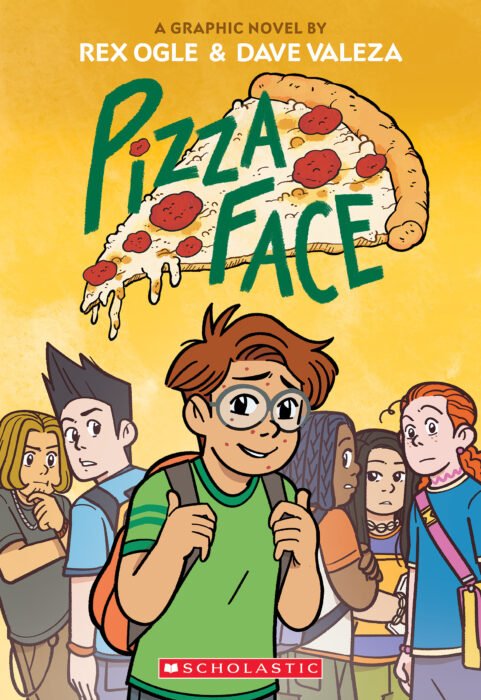“On breathtaking mountains, where coffee beans grow, I carry my friends to the green hills below. I drive through the Andes, so windy and steep. Me llamo La Chiva. That’s me! Beep, beep, beep!”
With its vibrant opening, I Am La Chiva: The Colorful Bus of the Andes demands your attention. The joyful picture book by debut author Karol Hernández and illustrator Lorena Alvarez Gómez transports readers through the rugged Andes mountains on a chiva. La chiva is the name used for artisan rustic buses used widely for public transport in rural Colombia.
The idea to write about the iconic bus came to Hernández when her son mistook her ceramic miniature chiva for a school bus. She searched for picture books about it, but couldn’t find any. So she decided to write one.
Out on July 9 from Dial Books for Young Readers, I Am La Chiva is a cheerful rhyming book told from the perspective of la chiva. The bus picks up its passengers one by one – including people with produce, and even animals. Readers meet Doña Ines with her curious hen and warm arepas, and Don Ernesto with his pig named Chanchito. On the way to the town center, la chiva hits a small snag which makes for some added excitement to the story.
Alvarez Gómez, who is from Colombia’s capital, Bogotá, uses a rich color palette to illustrate the beauty of rural Colombia. Much like real-life chivas, the chiva centered in this book is intricately decorated in swoops of teal, purple, orange, and more. There is an incredible amount of detail in the spreads, which is sure to make young readers linger longer on each page.
The Spanish translation of the book, titled ¡Me llamo la Chiva!: El colorido bus de los Andes, will be released on Aug. 27.
In anticipation of her debut book’s release, Hernández spoke with Latinx in Publishing about revisiting la chiva for readers, the inspiration behind her characters, and more.
This interview has been edited for clarity and brevity.
Amaris Castillo (AC): Congratulations on I Am La Chiva. I know you were born and raised in Colombia and I understand you were 13 when your family left. What inspired you to write this book?
Karol Hernández (KH): La Chiva is an answer to a question. During the pandemic, I was taking a picture of my little ceramic chiva, and my son – who was three years old at the time – approached me and said, “What a cute school bus.” And I was like, “No, this is not a school bus.” I tried to explain the role of chiva buses in Latin countries, but I didn’t feel that the concept quite clicked. So I went to look for a picture book on the topic. I didn’t find one, so I wrote the story originally for him.
Because my kids were born in Tennessee, we were getting all these awesome picture books from the Imagination Library. And I just made the connection. I was like, This story kind of reads like something I would see in a book – like the ones I get from the Imagination Library. And that sparked the idea of turning the story that I wrote for him into a picture book for a broader audience.
AC: For those who don’t know, what is a chiva?
KH: A chiva bus kind of looks like the body of a school bus, if you will, except that it has pew-style seating, no buckles, no windows. This is like an open bus, and it’s used to transport people in rugged terrain. Our story takes place in Colombia, in the Andes Mountains, so that’s where our chiva travels in the story.
The buses are very beautifully decorated. They’re painted by hand by artisans. And when you ride on a chiva, you could be riding next to people, produce, plantains, coffee, chickens, pigs, dogs, you name it. And people. Things are also put on top of la chiva, which you can appreciate in the illustrations.
“Chiva” literally means “goat.” One of my kids said, “Oh, of course, because it’s the greatest of all time,” and I should have made that connection myself. But “chiva” means “goat,” and that is because back in the 1930s when chivas were first introduced to Colombia, their horns sounded like a goat. And so farmers would refer to it as la chiva. Nowadays you can also find chivas in touristic centers in Colombia and in some major cities in the US, as party buses.


























